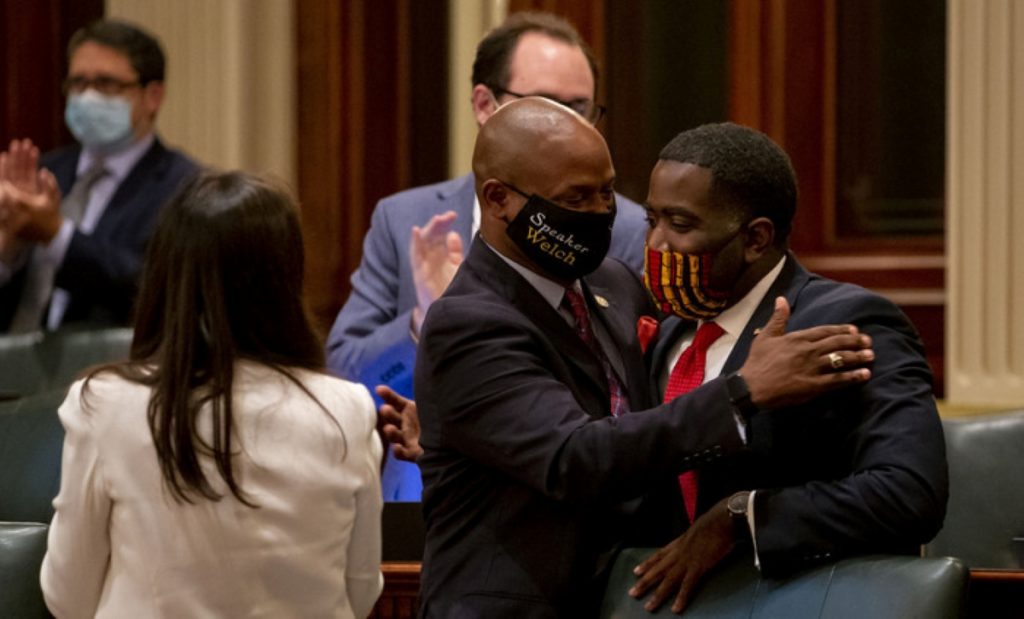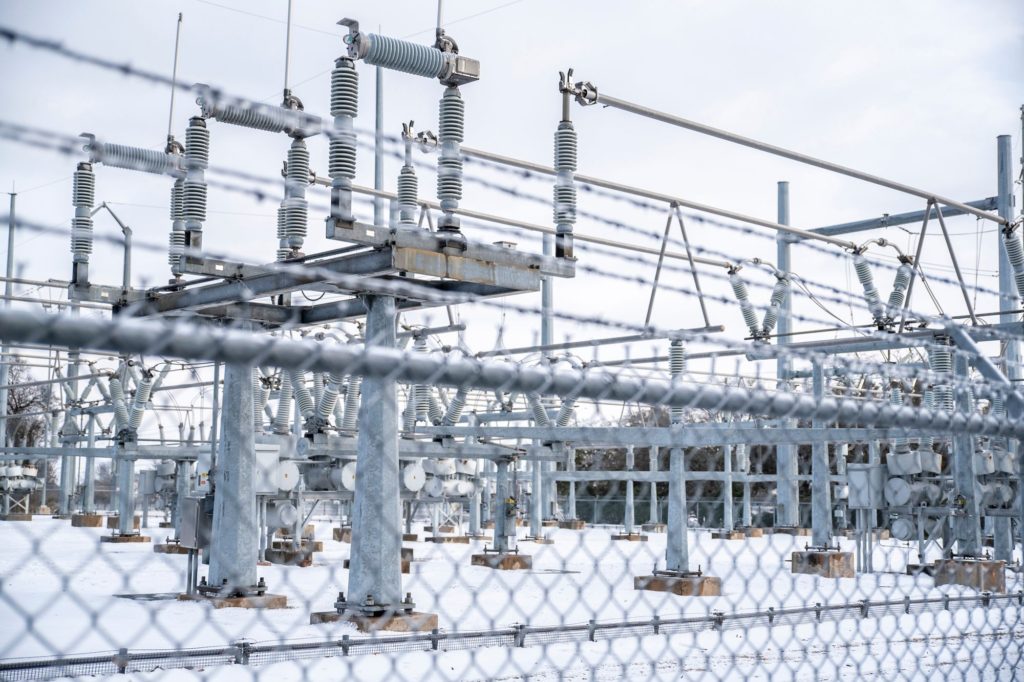Rep. Marcus C. Evans Jr. on the passage of his Climate and Equitable Jobs Act

![]()
Rep. Marcus C. Evans Jr. on the passage of his Climate and Equitable Jobs Act (Chicago, IL) – Illinois lawmakers want to combat climate change with a new law that seeks to put the state on a path to 100% clean energy by 2050.
The “Climate and Equitable Jobs Act,” which passed both chambers of the legislature and was signed by Gov. JB Pritzker in September, will make Illinois the first state in the Midwest to set a timetable for reaching renewable energy, according to Pritzker.

“We can’t outrun or hide from climate change,” Pritzker said during a news conference. “The consequences of our actions are here all around us. We’ve seen the effects of climate change right here in Illinois, repeatedly, in the last two and a half years. A polar vortex, devastating floods, microburst that destroy buildings, record lake levels, extreme heat and emergency declarations in more than a third of Illinois’ counties.”
The law aims to address these challenges by cutting down on human-induced emissions and prioritizing cleaner energy sources like nuclear power, which is considered one of the largest sources of reliable carbon-free electricity, according to the U.S. Energy Information Administration (EIA). As of May 2021, there were 55 commercially operating nuclear power plants, with 93 nuclear reactors in 28 states. There are 11 plants in Illinois at six sites, generating over 50% of the state’s electricity. Two of these sites, owned by Exelon, were at risk of closure, which an Exelon spokesperson has said would be equivalent to adding 4.4 million cars to the road. The law provides nearly $700 million to those two plants in addition to a third Exelon plant.
“We commend the Governor, the General Assembly, our partners at IBEW Local 15 and the coalition of labor leaders and members who worked so hard to pass this roadmap for rebuilding our economy and addressing the climate crisis by investing in clean energy in a way that ensures that jobs and environmental benefits are shared equitably,” Christopher Crane, president and CEO of Exelon, is quoted as saying in a press release. “This new policy offers a better future for the employees who have run these plants at world-class levels, the plant communities that we are privileged to serve and all Illinoisans eager to build a clean-energy economy that works for everyone.”
To further prioritize clean energy, the law requires coal firing plants to cut their emissions by 45% by 2035 before closing 10 years later unless they can get zero carbon emissions by other means. According to the Illinois Environmental Council, the state’s net electricity generation for coal fired sources were 30% as of March 2019.
Rep. Marcus C. Evans Jr. (D-Chicago), who sponsored the legislation, said the energy law was vital, noting the state and the country have some catching up to do to improve the environment.
“The (Environmental Protection Agency) was created in 1970, so probably only for the last 50 years, we’ve been caring about the environment,” said Evans. “We’re trying to clean up some of those things from years prior, whether it’s dirty carbon-emitting industries and even our vehicles.”
The law comes after the latest findings of the Intergovernmental Panel on Climate Change, which highlight the rise of climate-driven disasters and “the strong prospect of far graver consequences in coming decades absent urgent, strengthened action,” according to President Joe Biden’s administration. Biden has said that the time to act is narrowing “to the point of no return.”
Amid these concerns, Evans said Illinois’ law will be a step in the right direction and set a national standard for other states.
“Leadership matters,” he said. “We have leaders in some states that deny climate change, we have leaders that don’t care what we put in our waterways, transitioning and getting rid of carbon emissions in our environment, in our air. I think we have a governor here and leaders that are saying ‘let’s take care of the environment, let’s make sure our trees are healthy, our soil is healthy and all those things we can do with a little bit of work.”
“For the states that choose not to do it, we want to be an example and say ‘that you can respect industry, jobs and opportunities and still clean the environment,” he added.
The law also contains the following:
-
Requires the Illinois Commerce Commission to open an investigation to develop and adopt a renewable energy access plan to improve transmission capacity to support renewable energy expansion.
-
Requires the Illinois Environmental Protection Agency, IPA, and Illinois Commerce Commission (ICC) to jointly conduct a study, every 5 years starting in 2025, on the State’s progress toward its renewable energy resources development goals and the current and projected status of electric resource adequacy and reliability throughout the state.
-
Ensuring that all utility-scale wind and solar projects are built with project labor agreements and that prevailing wages are paid on all non-residential wind and solar projects.
-
Requires renewable industry reporting on diversity and inclusion efforts.
-
Creates a Clean Jobs Workforce Network Hubs Program, establishing 13 program delivery hub sites that leverage community-based organizations to ensure members of equity-focused populations have dedicated and sustained support to enter and complete the career pipeline for clean energy and related sector jobs.
-
Creates a returning residents clean jobs training program to provide training for careers in the clean energy sector to individuals who are currently incarcerated.
Rep. Marcus C. Evans Jr. on the passage of his Climate and Equitable Jobs Act








Responses